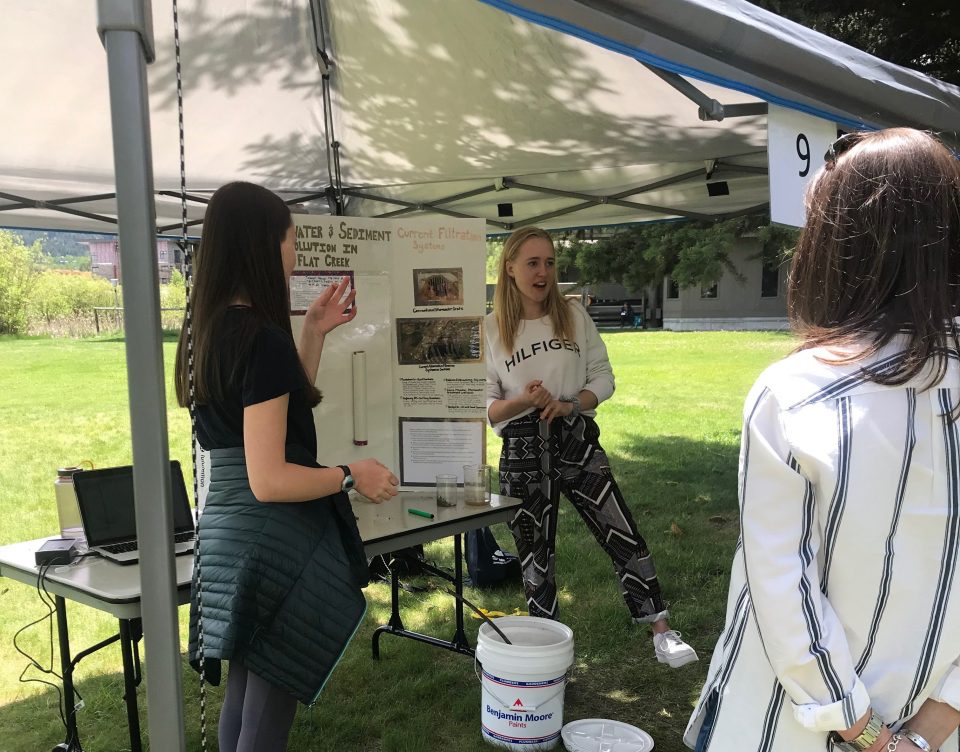Driving Question
9th through 12th
What PBE Principles were highlighted in this project?
Inquiry-Based, Community as Classroom, Learner-Centered, Interdisciplinary Approach
Project Description

The enduring understanding, or statement that we as faculty hope students remember ten, twenty years from now is: Water is part of a worldwide system vital to all life on Earth. Human interactions with the water cycle have positive and negative consequences for the health of the environment. Globalization has led to many of the problems associated with a healthy water cycle, though present sustainability efforts are looking to remediate human impacts on the environment.

On Monday, June 10th, students presented their work at a community-wide event. Three of our students were in charge of planning, organizing, and hosting this culminating event and it was incredibly successful. Each year students can apply to be on the ‘Event Team’ versus completing a research project and instead of exploring solutions to a local issue, they have to learn how to host a community event showcasing the work of their peers. For the past two years, the Event Team has done an astounding job and in many ways, these students produce the best final product.
The positive impact that this project had was to better educate the community about the issues that are currently facing the waterway, Flat Creek, that flows through our town. Reflecting on this project as a faculty group, we agreed that the next step is to increase the time given for this project in order to allow the opportunity for students to propose real changes to those people who can affect real change. For example, a number of our students were bothered by the fact that the city’s stormwater runs directly into Flat and a pair of students designed a filter system that could be used in storm drains. The next step is to support these students in presenting their design idea to the department of public works for the city and learning about the process of filtering stormwater.
Reflection
The biggest challenge is time. It is always time. Authentic work designing a solution to a genuine local issue requires multiple iterations and numerous rounds of feedback and editing. Most often we only have enough time for one round of editing and redesign. Supporting students in being in charge of their own learning is the most rewarding aspect of this yearly project. Nothing is more fun as a teacher than getting to be the facilitator and support system for students pursuing what interests them most.


